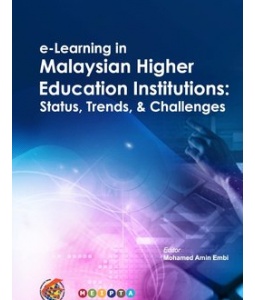The Knight Commission recognized that people need tools, skills and understanding to use information effectively, and that successful participation in the digital age entails two kinds of skills sets: digital literacy and media literacy. Digital literacy means learning how to work the information and communication technologies in a networked environment, as well as understanding the social, cultural and ethical issues that go along with the use of these technologies. Media literacy is the ability to access, analyze, evaluate, create, reflect upon, and act with the information products that media disseminate.
Digital and Media Literacy: A Plan of Action, a new policy paper by Renee Hobbs, Professor at the School of Communications and the College of Education at Temple University and founder of its Media Education Lab, proposes a detailed plan that positions digital and media literacy as an essential life skill and outlines steps that policymakers, educators, and community advocates can take to help Americans thrive in the digital age.
The paper focuses on steps to ensure that citizens are equipped with the analytical and communications skills they need to be successful in the 21st century. It also proposes the integration of digital and media literacy into advocacy campaigns, education curricula, and community-based initiatives. From parents concerned with online safety issues, to students searching for information online at home, schools and libraries, to everyday citizens looking for accurate and relevant health care and government resources, all Americans can benefit from learning how to access, analyze, and create digital and media content with thoughtfulness and social responsibility.
Hobbs’ plan of action focuses on helping people of all ages not simply to use digital tools but also to discover both the pleasures and the power of being well-informed, engaged and responsible consumers and producers of information. Although investments in technology have increased significantly in recent years, Hobbs notes that simply purchasing the latest educational tools and technologies does not necessarily lead to digital and media literacy. Many American parents mistakenly believe that simply providing children and young people with access to digital technology will automatically enhance learning. But by encouraging digital and media literacy education, citizens will have life skills necessary for full participation in their communities.
To accomplish this, Hobbs specifically calls for:
supporting community-level digital and media literacy initiatives, including promoting community partnerships and creating a Digital and Media Literacy (DML) Youth Corps to bring digital and media literacy to underserved communities and special populations via public libraries, museums and other community centers;
developing partnerships for teacher education so teachers can be prepared to educate their students on digital and media literacy;
developing measures to assess learning progression and video documentation of best practices for digital and media literacy instructional strategies; and
increasing visibility for digital and media literacy education through public service announcements, entertainment-education initiatives, and an annual educator conference.
With increased education and understanding of digital and media literacy, Hobbs observes, citizens will be able to minimize the potential negative dimensions of increased information flow and instead use media and technology to improve their lives and communities.
The policy paper is the second in a series of papers being released by The Aspen Institute Communications and Society Program and the John S. and James L. Knight Foundation and focused on implementing the Knight Commission’s 15 recommendations for creating healthy informed communities.
by Renee Hobbs






